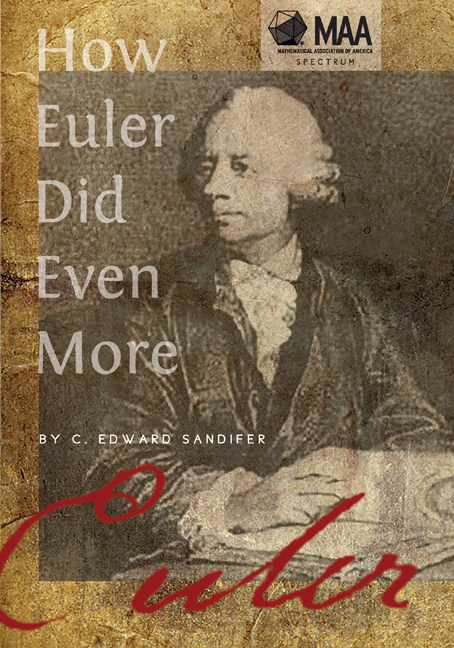7 - Rational Trigonometry (March 2008)
from Part II - Number Theory
Summary
Triangles are one of the most basic objects in mathematics. We have been studying them for thousands of years, and the study of triangles, trigonometry, is, to some extent, a part of every mathematical curriculum. Our oldest named theorem, the Pythagorean theorem, is about triangles, though the theorem was known long before Pythagoras. It is probably our most famous and most often proved theorem as well. Hundreds of different proofs are known, [Loomis 1940] and good writers still find interesting things to say about the theorem. [Maor 2007]
The particular branch of trigonometry where we ask that certain parts of the given triangle, sides, angles, medians, area, etc., is called rational trigonometry. Though it originally arose from geometry, rational trigonometry is now usually classified as a part of number theory.
For example, for many people, the Pythagorean theorem is particularly interesting when we consider it as a problem in rational trigonometry and ask that the lengths of the sides of the triangle be whole numbers. This is the problem of so-called Pythagorean triples, three whole numbers a, b and c satisfying
a2 + b2 = c2.
As we all know, the simplest such triple is (3, 4, 5). It is easy to show that there are infinitely many such triples. We can generate all we want by picking two positive integers, m and n, with m > n and letting
a = 2mn
b = m2 − n2
c = m2 + n2.
It is easy to check that for these values, indeed, a2 + b2 = c2. It is slightly less easy to check that if m and n are relatively prime, one odd and the other even, then a, b and c are pairwise relatively prime, so the method is not just generating infinitely many triangles similar to each other. All Pythagorean triples can be generated in this way.
- Type
- Chapter
- Information
- How Euler Did Even More , pp. 45 - 51Publisher: Mathematical Association of AmericaPrint publication year: 2014



